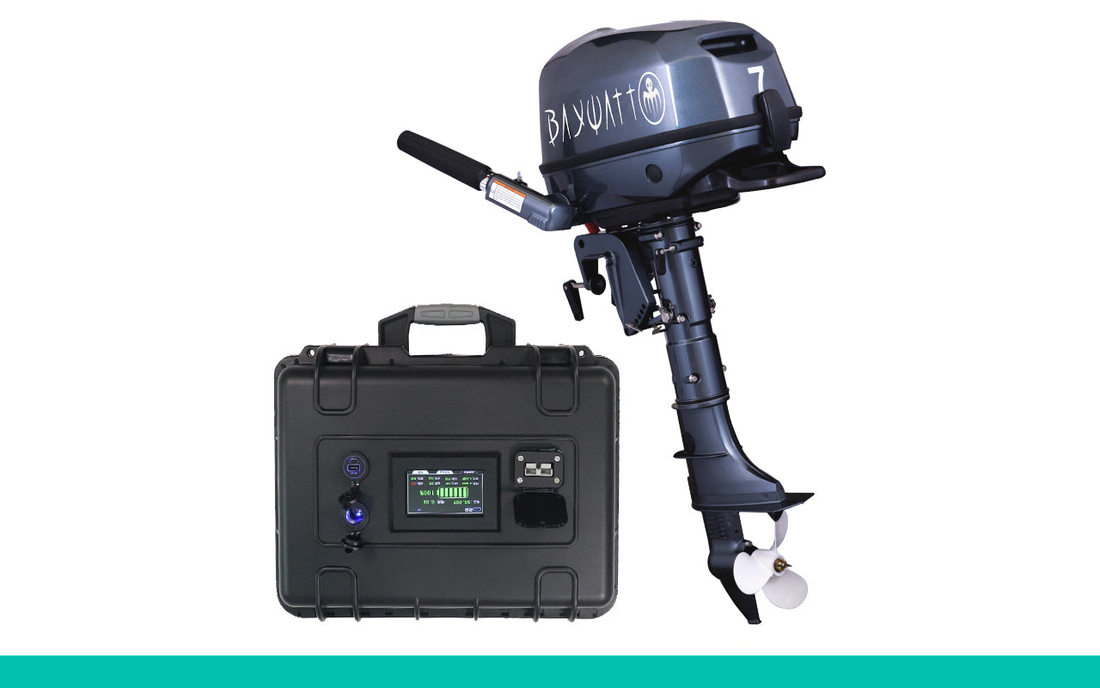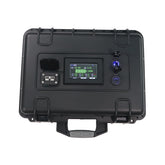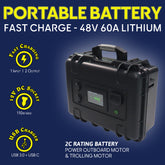
Electric Outboard Motors
Electric Outboard Motors – reliable and efficient for modern boaters
Electric outboard motors are revolutionizing the boating industry by offering a clean, quiet, and efficient alternative to traditional gasoline engines. Whether you are a recreational boater, a fishing enthusiast, or an eco-conscious sailor, our range of electric outboard motors delivers high performance, durability, and convenience for both inland and coastal waters.
At Baywatt, we design our electric outboard motors with saltwater-resistant materials, ensuring longevity and reliability even in harsh marine conditions. Paired with our high-performance lithium battery, they offer fast charging and extended runtime, allowing you to spend more time on the water without worrying about fuel or maintenance.
Benefits of Electric Outboard Motors
- Zero emissions and environmentally friendly alternative to gasoline engines.
- Quiet and smooth operation for fishing, wildlife watching, and noise-restricted areas.
- Low maintenance and cost savings with no oil changes or extensive servicing required.
- Instant torque and responsive handling for better maneuverability.
- Lightweight and easy to install, designed for user convenience.
Baywatt Electric Outboard Motor Range
Baywatt 3HP 2kW Electric Outboard Motor
Perfect for small boats, dinghies, fishing vessels, and tenders, this motor is lightweight yet powerful enough for recreational boating and short-distance cruising.
- 3 HP equivalent 2kW brushless motor for smooth acceleration and instant torque.
- 48V system maximizing efficiency and extending battery life.
- Portable and easy to mount – ideal for lightweight boats.
- Zero emissions and whisper-quiet operation.
Baywatt 7HP 5kW Electric Outboard Motor
For those needing more power and longer range, the 7 HP model is built for mid-sized boats, fishing trips, and extended adventures.
- 5kW brushless motor (7 HP equivalent) with high thrust.
- 48V system for energy-efficient performance.
- Corrosion-resistant design suitable for saltwater environments.
- Silent and eco-friendly operation, reducing noise pollution on the water.
Baywatt 48V 60Ah Lithium Battery
To maximize efficiency, our 48V 60Ah lithium battery is optimized for both 2kW and 5kW motors. It features:
- Fast charging and extended lifespan with advanced lithium-ion technology.
- Durable marine-grade casing, impact-resistant and weatherproof.
- Integrated BMS to protect against overcharging, overheating, and short circuits.
- Bluetooth monitoring and touchscreen display for real-time performance tracking.
Key Considerations When Choosing an Electric Outboard Motor
- Battery weight and capacity affect your range and overall usability.
- Charging availability should be factored into longer trips or remote usage.
- Choose shaft length based on your boat’s transom height.
- Propeller design impacts efficiency and performance in rough conditions.
- Direct drive motors offer low maintenance, while geared options provide greater torque control.
Why Choose Baywatt
At Baywatt, we focus on high-quality, durable, and user-friendly electric propulsion systems for boaters who expect the best. Our outboard motors offer a perfect blend of performance, efficiency, and environmental responsibility.
Explore the full Baywatt range at www.baywatt.com
-
Electric Outboard Motor - 2.2kW (3HP)🚀 Increased Power Equivalent to a 3 HP Engine:The 2.2 kW electric outboard motor with a short shaft is designed specifically for saltwater use. It provides powerful and eco-friendly propulsion, ideal for small to medium-sized boats. The motor is equipped with a tiller for...
- 950.00€
- 950.00€
- Unit price
- per
-
Electric Outboard Motor - 5.1 kW (7HP)🚀 Increased Power Equivalent to a 7 Horsepower Combustion Engine:The 5.1 kW electric outboard motor with a short shaft delivers increased power, equivalent to a 7 horsepower combustion engine, perfect for saltwater use in the ocean. 🌊 Silent and Eco-Friendly Navigation with Tiller:Featuring a...
- 1.475.00€
- 1.475.00€
- Unit price
- per
-
High-Performance Portable Battery 48V 60A🔋 High-Performance Portable Battery BAYWATT: The high-performance portable BAYWATT battery offers an exceptional capacity of 48V 60Ah (2C rating), thanks to its ternary lithium technology. Weighing 20 kg and with an ergonomic design, it is easily transportable and manageable, with integrated circuit protection for...
- 1.680.00€
- 1.680.00€
- Unit price
- per





